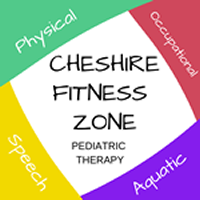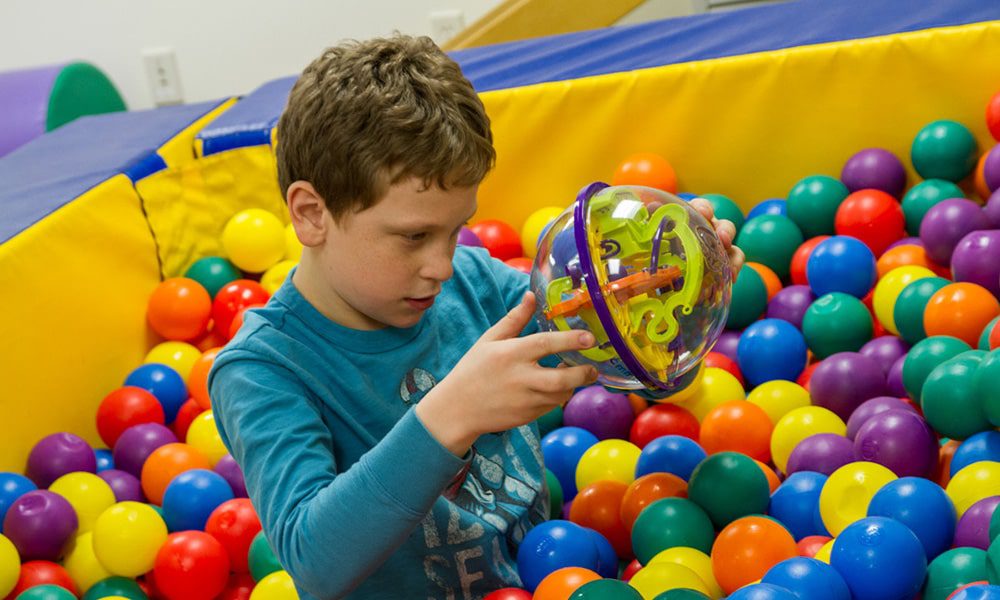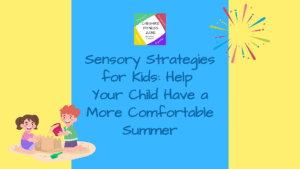If you are new to sensory gardens, it is a garden-like environment that is used to stimulate senses. The stimulation process will be facilitated with the use of plants and other materials that engages the person’s senses of sound, taste, touch, smell and sight. Best of all, these gardens are beneficial to both children and adults who have sensory processing issues from conditions like autism. If you plan to create a sensory garden, it is pertinent that you consider whom the garden is primarily intended so you know what plants and features need to be prepared to best achieve the desired atmosphere.
Highly therapeutic for kids with sensory processing disorders
Some kids who are diagnosed with such conditions may show a wide variety of reactions to sensory stimulation in that they are either stimulated too little or too much. A sensory garden is safe and therapeutic to alleviate the symptoms they may suffer from their sensory problems.
These gardens can help you create a calming place for your child and stimulate their senses in a gentle way. The child will be able to explore their senses without feeling overwhelmed. Depending on the child’s individual needs, the garden can be adjusted to focus only on one sense or incorporate a few together. Whether the child is under-reactive or hyper-reactive to stimuli, a sensory garden is a fun educational tool that allows them to learn and explore about their nature and senses.
Always feature elements that will increase the garden’s visual appeal
When you planning out the details of a sensory garden, the elements you use must appeal to all senses. For instance, you will play around with different colors if you are going for visual stimulation. The colors you might use can be seasonal, grouped in clusters or placed strategically for maximum contrast. These colors do not always have to pertain to plants. You can use stimulating colors on other elements such as the garden’s stones, gravel or bricks. Other elements that show colorful birds or butterflies being attracted to flowers also add to the visual appeal of the garden.
Use edible herbs and plants to allow your child to explore the senses of smell, taste and touch
You can use different types of varieties of roses to release a pleasant scent into the air. Smells can trigger a wide spectrum of emotions so it’s pertinent that you pay close attention to what you use. Other suitable options include mint, violets, honeysuckle and chocolate cosmos.
When it comes to edible flowers or herbs, the possible choices include pansy, hibiscus, evening primrose and nasturtiums. When you plant these edible flowers into the garden, take extra care to differentiate them from non-edible ones. Simply stick the edible flowers together with familiar and easily-recognizable vegetables and fruits.
Since you are working with plants, you can use them to add a variety of tactile stimulation as well! For example, lamb’s ears are wooly and soft to the touch. Other alternatives include yarrow, cape sundew and feather grass. They are safe and are good for tactile stimuli.
All in all, sensory gardens are wonderful ways of letting your children learn more about the environment around them explore their senses and be less afraid to remain outdoors!



